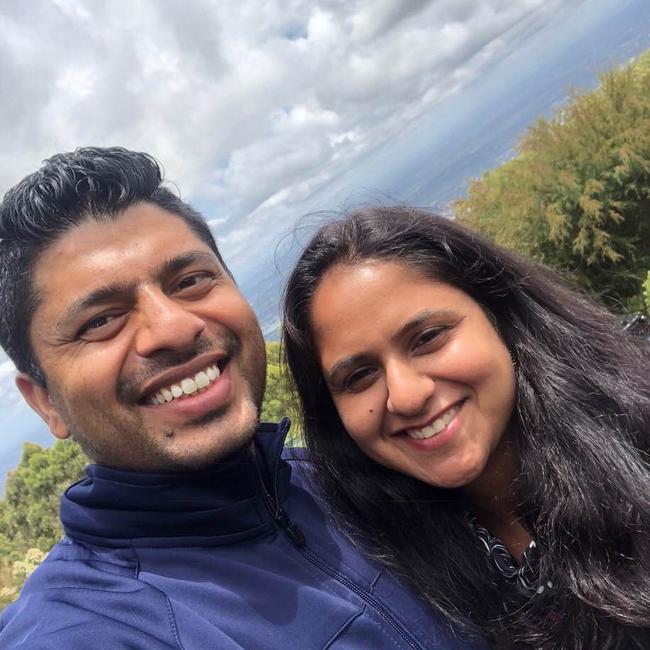Selfie obsession proving deadly as more Australians are killed
More daredevil Aussies are taking massive risks, contributing to accidental fall deaths now killing an average of 10 people every day.
National
Don't miss out on the headlines from National. Followed categories will be added to My News.
The quest for the perfect selfie and love of daredevil sports are proving deadly, with accidental falls now ranking among Australia’s top 10 causes of death.
New data from the Australian Bureau of Statistics showed 3747 people died as a result of falls last year – an average of 10 people every day.
The startling rate was about triple the number killed by Covid-19.
Most of these deaths (61 per cent) were recorded among people aged 85 and older – commonly the result of slips and trips or falling out of bed.
But they also included 20 people who died after accidentally falling from cliffs, 34 who fell from buildings or structures, and five who fell while skating, skiing or skateboarding.
Last year recorded the highest number of fatal cliff falls since the data series began in 2012, potentially driven by people taking risky photos and videos to post on Instagram and TikTok.

Dr Rachael Murrihy – director of the Kidman Centre at University of Technology Sydney, which specialises in mental health treatment and research for young people – said there was a growing trend of dangerous behaviours influenced by social media, particularly among under-25s.
“It is a normal part of adolescence to take risks and they take risks because that helps them to form their identity and figure out who they are,” Dr Murrihy said.
“Unfortunately, TikTok provides a forum for them to do this but it’s not the healthy risk taking we would like to see in teenagers.
“Neuroscience also tells us brains aren’t fully formed until age 25 … so when they are at this age they are not fully able to anticipate the consequences of their actions.
“There is a monetary aspect to consider as well. We know influencers can do quite well financially.”

However, young Australians were not the only ones making dangerous choices for social media clout.
Dr Murrihy said some people were more prone to risk than others and platforms such as TikTok had “highly reinforcing formats”.
“As long as you get those hits, it brings people back again and again,” she said.
“It’s about that hit of attention and reinforcement, so it doesn’t surprise me that people could find that attractive.”

The past few years have seen selfie deaths in the news all over the world.
A study by iO Foundation, a Spanish organisation that specialises in tropical diseases, revealed at least 379 people were killed taking selfies in death-defying locations between January 2008 and July 2021.
Australia had the sixth highest number of fatalities with 15, according to the report.
The list was topped by India (100 selfie deaths), the US (39) and Russia (33).
This week in Turkey, a 15-year-old girl died after falling from a four-storey building as she attempted to grab the phone she dropped while taking a selfie.
In August, an Italian man aged 30 dropped his phone after taking a photo with his girlfriend on top of a rock formation and slipped while trying to retrieve it.

In 2020, a 38-year-old Melbourne mother fell to her death while taking a photo at the Grampians’ Boroka Lookout and a 21-year-old British model fell from cliffs at Sydney’s Diamond Bay Reserve, which is a popular selfie spot.
A 27-year-old woman died having her photo taken at the same reserve just five months earlier.
The ABS’ cause of death data showed there had also been 33 deaths last year as a result of falls from ladders – 32 of these were males.
Three people also died falling out of trees; one died after falling from scaffolding and another after injuring themselves while jumping into water.
More Coverage
Originally published as Selfie obsession proving deadly as more Australians are killed




